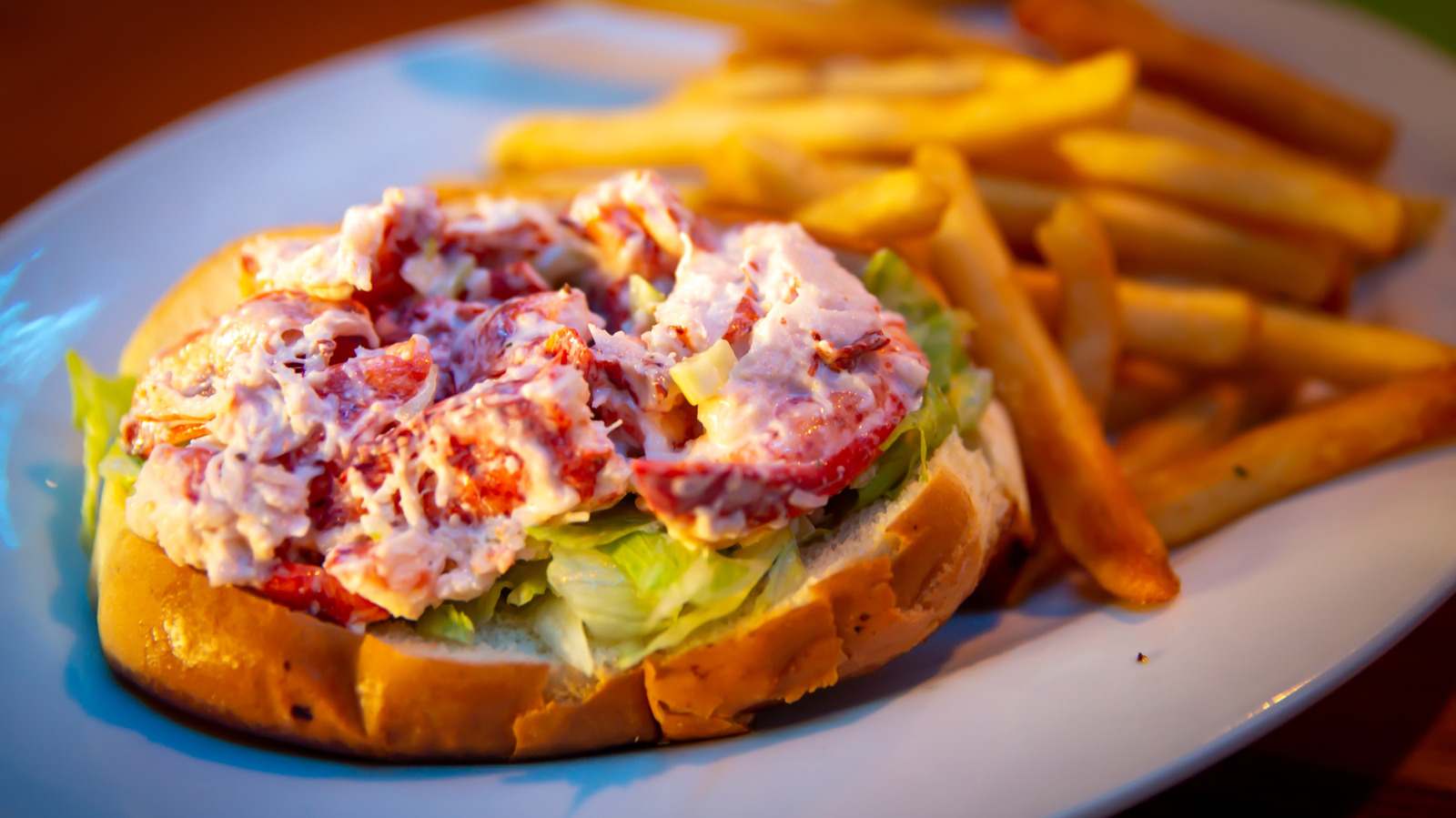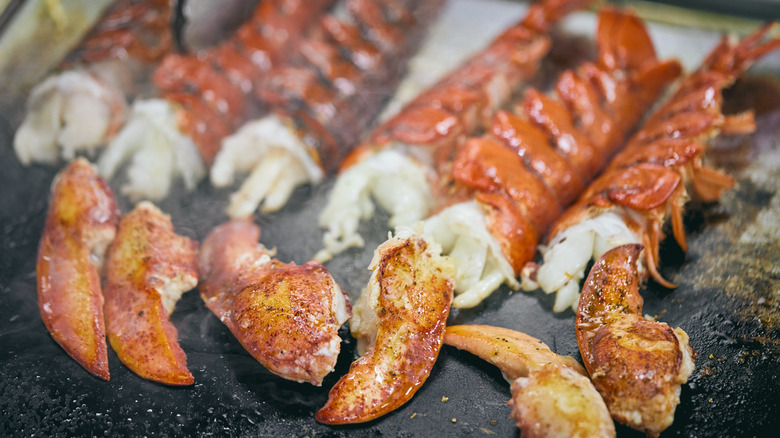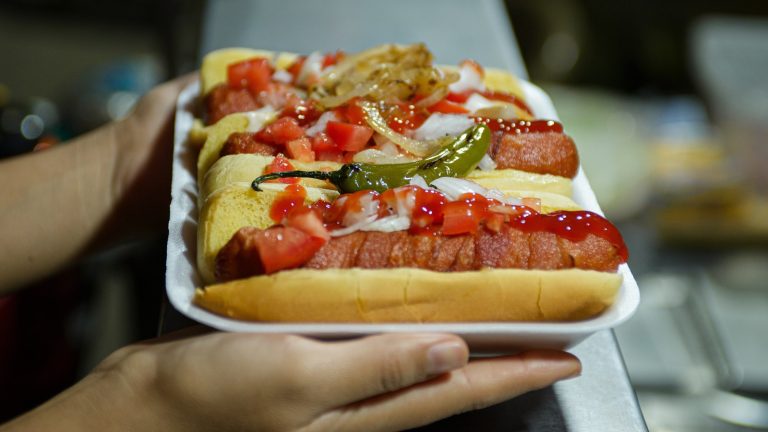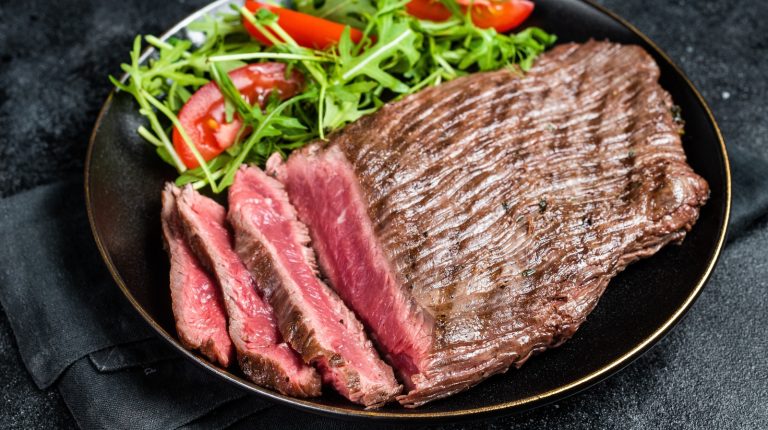A lot has changed since the days when lobster was considered prison food. Once people discovered how sweet and succulent the clawed crustacean could be, it became a hot commodity, and the price skyrocketed. Nowadays, at restaurants ranging from fine dining to seafood shacks, it’s not uncommon for lobster dishes to be some of the highest-priced items on the menu. When ordering lobster rolls — whether you prefer Maine or Connecticut-style — part of the fun is their casual presentation, making the sticker shock harder to swallow.
It’s enough to make you wonder: when you shell out upwards of $30 on a relatively small sandwich, are you being fed fairly or getting totally fleeced? Unfortunately, there’s no such thing as a cheap lobster roll (and if you find one, be skeptical). Most will cost you something in the $22 to $40 range, though what you can expect to pay varies based on locale and type of restaurant. When Boston.com ran a list of lobster roll prices in Massachusetts for summer 2024, they found plenty of restaurants charging anywhere between $21 and $48 but only a handful under $20.
For greater insight, Chowhound spoke exclusively to Steve Kingston, advisor to the Maine Lobster Marketing Collaborative and owner of The Clam Shack (whose own lobster roll currently costs $35.95). According to Kingston, customers should remember one thing when buying a lobster roll: “You’re not just paying for a sandwich — you’re paying for the lobster, and great lobster isn’t cheap.”
Here’s why lobster rolls cost so much
So why are lobster rolls much more expensive than your average sandwich (and sometimes whole lobsters)? There are many factors, but the precarious supply of lobsters and the labor-intensive process of extracting their meat play a large part. Restaurants may source their lobster differently, but it’s dependent on how much fishermen can catch, which varies in different areas from year to year, and can seriously drive up prices.
Even if restaurants source whole lobsters at a reasonable price, they have to extract their meat themselves (which takes time and labor) or buy wholesale at a higher cost to have enough meat for a satisfying lobster roll. “A quality roll should use meat from a full one-pound lobster — that’s around four to five ounces of lobster meat,” Steve Kingston says. “If it’s skimping on the meat or padded with filler, it’s not worth your money.”
Ever since McDonald’s stopped serving the shockingly affordable McLobster, we’ve had to accept that eating a lobster roll will be a pricey indulgence, which means it’s extra important to get bang for our buck. Make sure you’re getting premium meat for premium prices — that means tail! — and beware of rolls with too many bells and whistles, Kinston warns. “When it comes to lobster rolls, less condiments means more lobster flavor. You don’t need a flavor circus — lobster should always be your headliner. Keep it simple and let the quality of the meat do the talking,” he says.





